
Pregnancy is a period of time in a woman’s life that is marked by the many changes to her body. Those changes can cause certain problems, like swollen ankles and feet. Even though it causes both discomfort and embarrassment, some level of swelling is certainly normal during pregnancy. However, excessive swelling should be reported to a doctor because it may be a sign of preeclampsia, a condition characterized by high blood pressure and proteinuria.
Causes and symptoms of swollen ankles in pregnancy
There is only one, yet prominent symptom of this problem during pregnancy and it is bloating and swelling of the tissues around ankles and feet. The skin becomes tight and shiny, and in some cases the knees may turn purple.
While there might be several reasons for swollen ankles, excess fluid retention between the cells is the main cause. Fluids account for 25 percent of weight gain in pregnancy. As the uterus grows bigger, it exerts pressure on the veins, which slows the circulation and makes the blood pool down in the legs and feet. Diet low in potassium and high in sodium, standing a lot and long days of physical activity are the main factors that contribute to the swelling of the ankles.
Treatment for swollen ankles
One of the best and most effective ways to reduce the swelling of the ankles is to keep the feet elevated at the waist level. Laying on the left side also helps. While sitting, it is recommended not to bend the knees and to keep the legs straight.
Standing or sitting for a long time should be avoided. Going for a short stroll, sitting down for a few minutes or stretching the legs is recommended for women who, for whatever reason, cannot avoid standing or sitting for long periods of time.
As for footwear, shoes and slippers should be comfortable, wide and soft. Wearing support stockings at night also helps a lot as it gently compresses the tissues and promotes re-absorption of the fluids.
It may not sound logical, but drinking a lot of water, eight to ten glasses per day, is recommended for getting rid of excess fluids. This flushes off the sodium and other waste materials and reduces the swelling.
It also helps to have someone massage the feet and ankles. This promotes elimination of excess fluids.
The diet should be healthy, based on fresh fruits and vegetables and whole grains, containing more potassium-rich foods and avoiding those high in sodium.


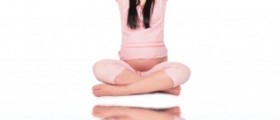
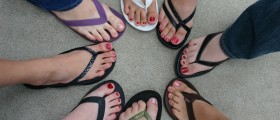

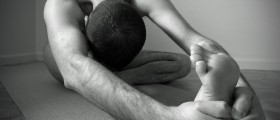
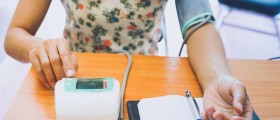



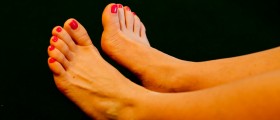




_f_280x120.jpg)

Your thoughts on this
Loading...